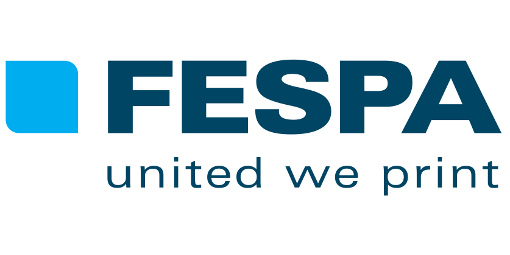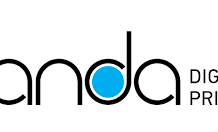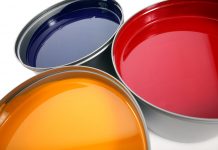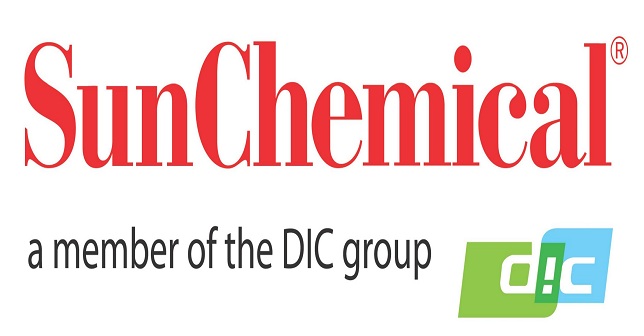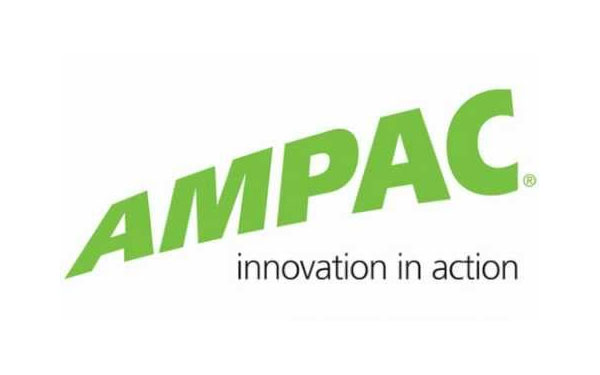Nanotechnology is getting more attention, not just because of Benny Landa’s enthusiasm for it.
Nanotechnologies manipulate atoms and molecules on a minute scale and are already used in the graphic arts. Various ink manufacturers use nanoparticles to increase the reflectance capacity of their inks for more vibrant colours. But there might be other more interesting applications of nanotechnology, for instance in batteries or for solar cells which are more efficient the smaller they are.
Last year’s winner of the Intel Young Scientist prize was Eesha Khare, a 19 year old student from Saratoga, California. Eesha designed and built an electrochemical supercapicitor based on a nanorod core. (A nanorod is a tiny structure that can be made of semiconducting materials.)
The new supercapacitor adds to a nanorod core various other stuff to create a technology capable of storing masses of static energy and that works for over 10,000 charging cycles. It will most likely appear first in mobile phones, but it could also be applied for larger machines such as electric cars and even printing presses.
Nano technology is already being used in solar panels. The microscopic coatings on photovoltaic solar panels are claimed to help maintain maximum energy efficiency. Together with a nano tech supercapacitor, solar panels could be used on new types of surfaces and the energy generated stored for subsequent use.
For companies in energy intensive industries such as printing, this could make solar power a more viable option as a power source than it currently is. A reduced dependence on grid electricity could also help bring down the cost of print media, as well as further enhancing its sustainability credentials.
Infrastructure and energy are not the only routes into the printing industry for this application of science, BASF, the chemical giant, makes inks, pigments and colorants as well as emulsions and dispersions, estimates that nanotechnology products already make up 10 percent of its sales, while it also allocates 10 percent of its R&D budget to nanotechnology. Other nano developments help coat glossy substrates to enable a lower volumes of inks to be used, as well as simpler drying techniques to be employed.
Governments are investing huge sums into nano technology: the US has spent $3.7 billion, the European Union $1.2 billion and Japan $750 million so far. However, although the application of nano whizadry is huge there is concern that we don’t know much about its environmental impact, particularly since matter below a certain size threshold can behave in unpredictable ways. Fortunately the nano boffins are working on improving our understanding of how these particles work and their possible negative effects.
How much of the huge investments into nano technology reaches the graphic arts, depends on the extent to which developers incorporate it into new inks or energy systems for presses and finishing equipment. The impact will be positive if nano technology aids deinking and substrate recycling, or makes possible wholesale dependence on renewable energy sources.
At the moment renewables are not reliable enough for total dependence on them. If their energy can be stored more easily and in sufficent amounts, we could be looking at massive shift in how energy is generated and stored.
Written by Laurel Brunner for FESPA – 16th June 2014 (www.fespa.com/blog/laurel-brunner.html)
Laurel Brunner has worked exclusively in the prepress and publishing industries since 1978, with a particular specialisation in prepress production and digital technologies. MD of Digital Dots, an international consulting group, and publisher of Spindrift, an independent newsletter for the graphic arts, printing and publishing industries, Laurel is convenor of ISO’s task force looking at carbon footprinting standards for print media products. Her work regularly appears in newspapers and magazines around the world, and she is a regular speaker at industry conferences around the world.
FESPA is a global federation of 37 national associations for the screen printing, digital printing and textile printing community. Founded in 1962, FESPA organises the leading exhibitions and conferences for this community, and reinvests profits from these activities into the global print community.

